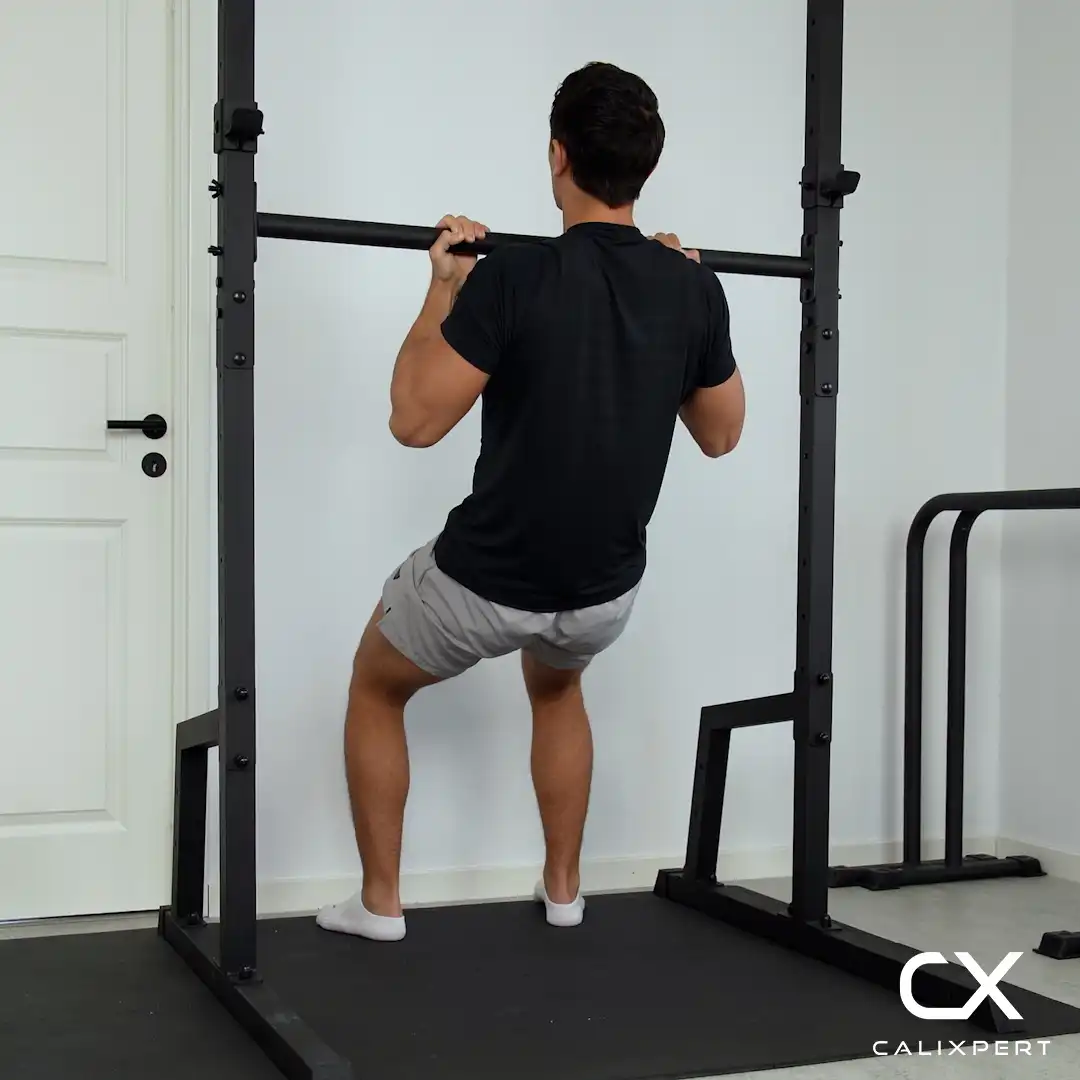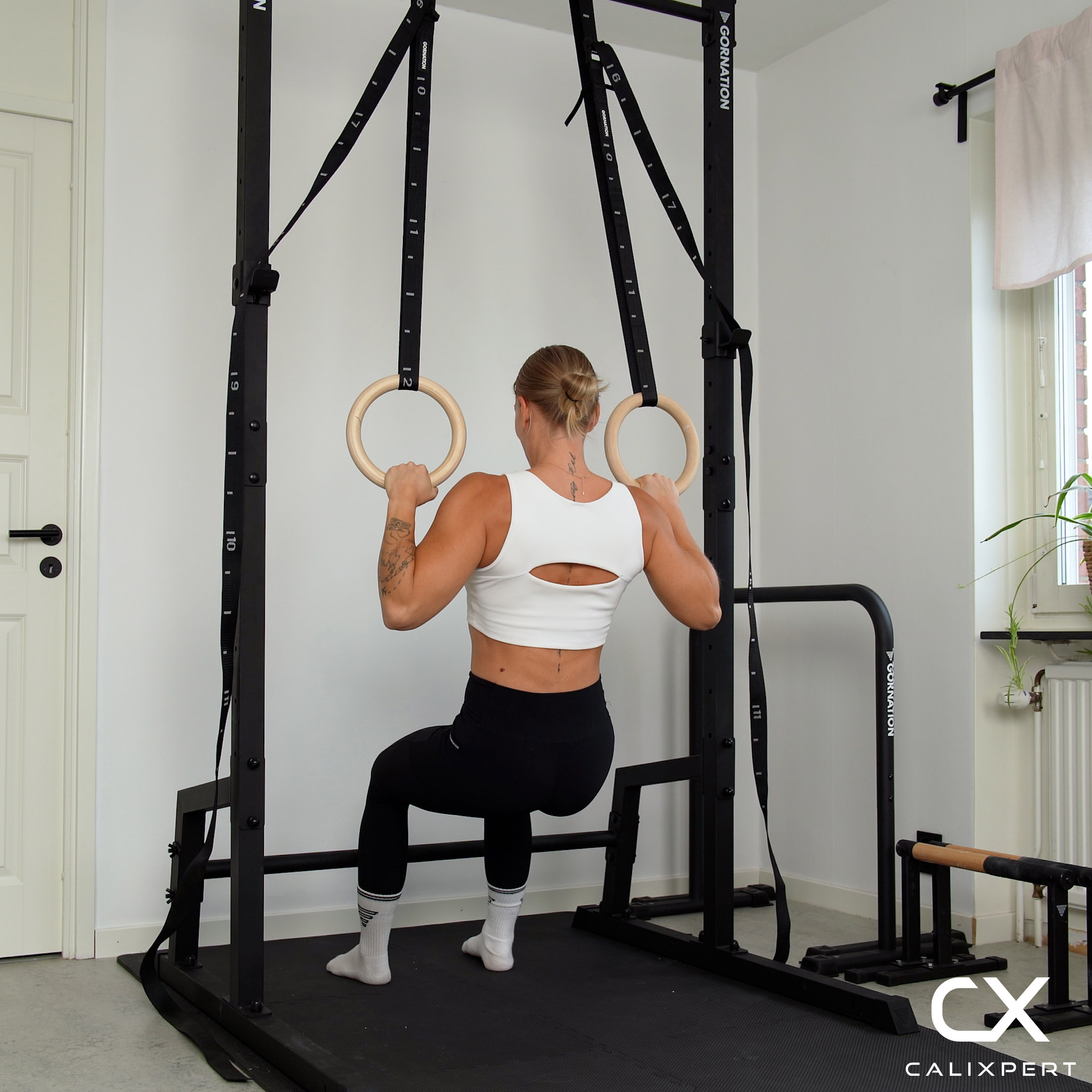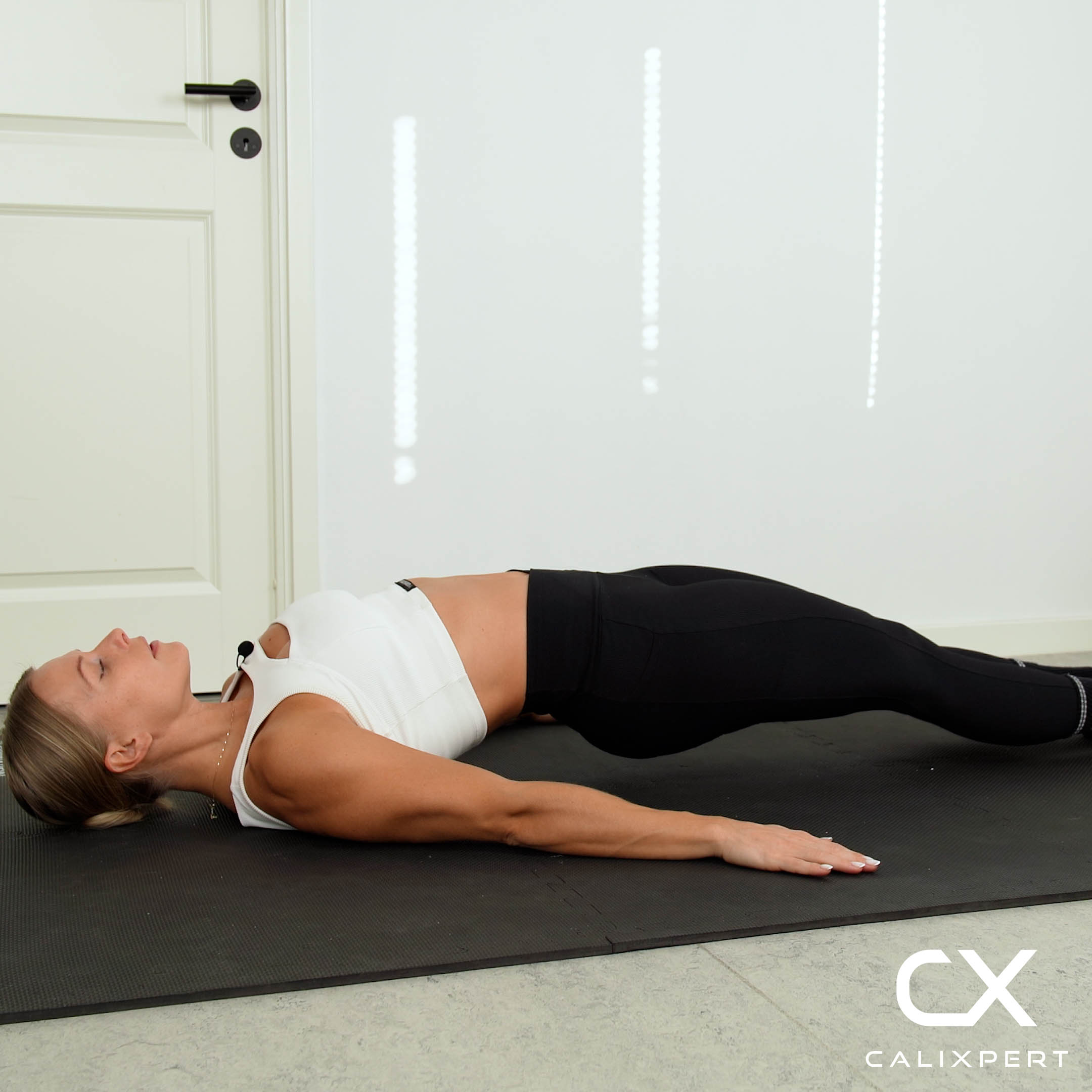How to Do Penguin Hold
The Penguin Hold is an isometric exercise that targets the core muscles, particularly the obliques. It involves holding a static position that mimics a penguin's stance, focusing on maintaining balance and stability.
Step By Step Guide to Properly Execute Penguin Hold
- Starting Position
- Stand with your feet shoulder-width apart, arms relaxed by your sides. Engage your core and slightly bend your knees.
- Execution
- Lean slightly to one side, reaching your hand towards your ankle while keeping your core engaged. Hold this position without moving your torso.
- Top Position
- Maintain the lean, ensuring your shoulders are level and your core is tight. Hold this position for the desired duration.
- Lowering Phase
- Slowly return to the starting position by straightening your torso, then repeat on the opposite side.
Benefits of Penguin Hold
- Improves core strength and stability.
- Targets the oblique muscles effectively.
- Enhances balance and coordination.
Common Mistakes to Avoid
- Avoid leaning too far, which can strain the back. Keep the movement controlled.
- Do not let your shoulders drop; maintain a level posture.
- Ensure your core is engaged throughout to prevent unnecessary strain on the lower back.
Follow these steps and tips to master the Penguin Hold with proper form and efficiency.
FAQ About Penguin Hold
To master the penguin hold, start with simple balance exercises like standing on one foot. Practice planks to build core strength, which helps you stay steady. Try wall sits to strengthen your legs. As you get better, try holding the penguin pose for a few seconds each day. Remember, practice makes perfect, so keep at it and have fun.
To get started with the penguin hold, try these exercises:
1) Plank: Hold your body straight like a board on your hands and toes.
2) Hollow Body Hold: Lie on your back, lift your legs and shoulders a bit, and hold.
These will help you build strength and balance!
When practicing the penguin hold in calisthenics, avoid these common mistakes: 1) Poor posture: Keep your back straight and shoulders relaxed. 2) Incorrect hand placement: Ensure hands are positioned correctly for balance. 3) Overexertion: Don't push beyond your limits; build strength gradually. 4) Inconsistent practice: Regular practice is key to improvement. 5) Ignoring warm-ups: Always warm up to prevent injury.
To see progress with the penguin hold in calisthenics, practice for 15-30 seconds per set, aiming for 3-5 sets per session. Train it 3-5 times per week while gradually increasing hold time or adding resistance. Consistency is key—pair it with core strengthening exercises like leg raises and planks to build endurance and stability faster.








.webp)






































.webp)




















































